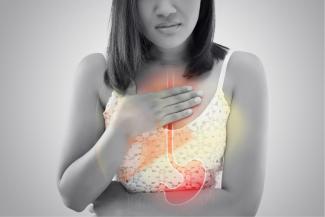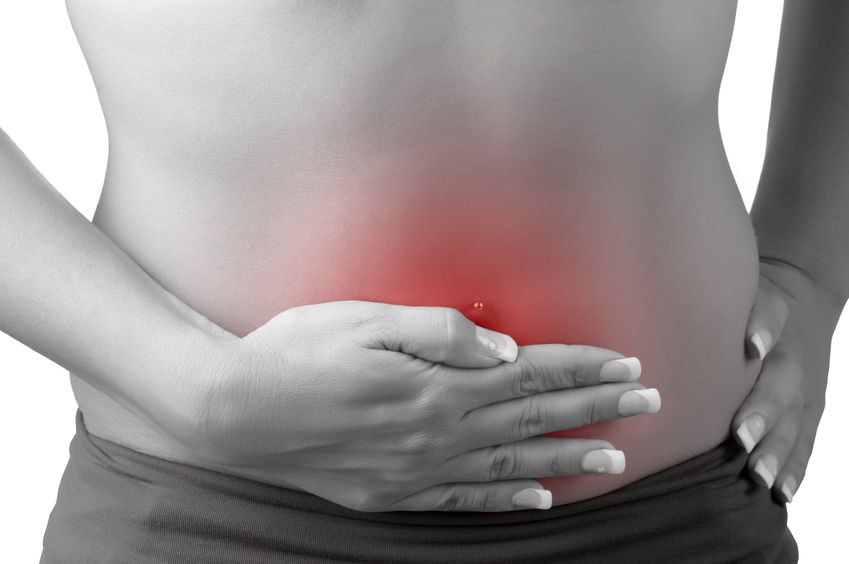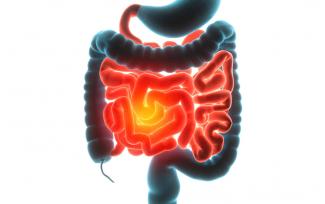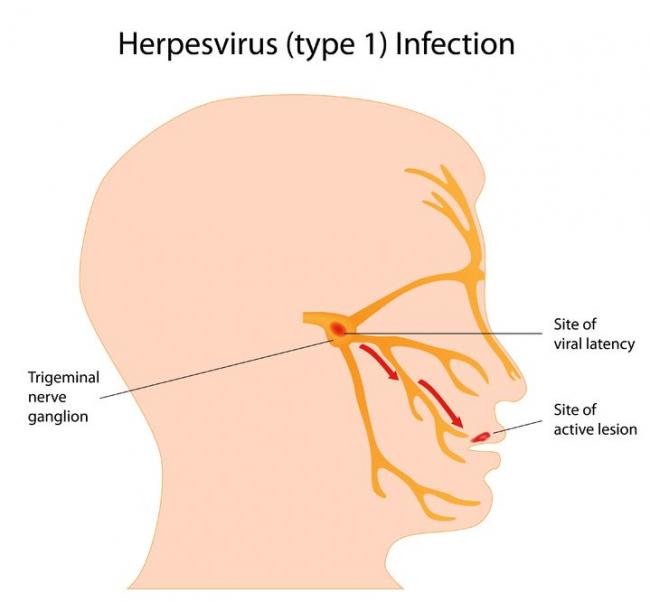News
- Auricular Acupressure to treat nail biting
05 Oct 18
- Immune system as a possible target for treating Autism
05 Oct 18
- Vitamin C supplementation for blood pressure
05 Oct 18
- Vitamin D and Psoriasis
11 Sep 18
- Herbal Medicine for menstrual problems
11 Sep 18
- Ketogenic diet for Epilepsy
11 Sep 18
- Vegetarian and vegan endurance runners compared to omnivores
11 Sep 18
- Acupuncture for Joint Paint in Early-Stage Breast Cancer
11 Sep 18
- Kinesiology tape for quadriceps strength
24 Aug 18
- Dietary Patterns affecting breast cancer risk
24 Aug 18
- Acupuncture for dysmenorrhea meta-analysis
24 Aug 18
- Milk Thistle for non-alcoholic fatty liver disease
24 Aug 18
- Ashwagandha for Hypothyroidism
24 Aug 18
- Probiotics for non-alcoholic fatty liver disease
02 Aug 18
- Herbal Products for Parkinson’s Disease
02 Aug 18











